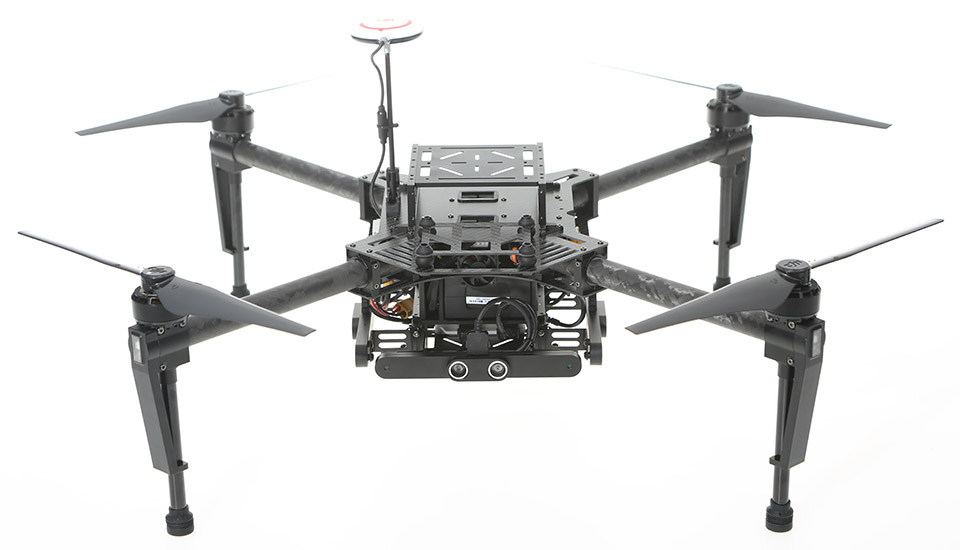Sense-and-Avoid’s 1903 Moment Has Finally Arrived

As everyone well knows, the Wright Brother’s first flight of 1903 was merely the beginning of the development of the airplane. It would take the better part of a decade of research and development by numerous individuals and institutions around the globe before aircraft design significantly matured. Major improvements in engine performance and reliability were yet to be realized and some of the most basic design elements (e.g., placing the elevator and horizontal stabilizer BEHIND the center-of-gravity to achieve positive stability; the invention of ailerons to control roll instead of wing-warping) had not yet been discovered/invented. Nevertheless, everyone (well, virtually everyone) agrees it was an excellent start.
So we awoke this morning to find the news that DJI is releasing the first sense-and-avoid system for use on multi-rotor platforms. The collision avoidance system is called ‘Guidance‘ and consists of stereo cameras and ultrasonic sensors that can detect obstacles on all sides of the multi-rotor up to a distance of 20 meters. See the articles by Ben Popper on The Verge and Steve Dent on Engadget.
Of course, the reliability of the system has not been demonstrated (I probably would not yet trust it to avoid hitting a toddler) and with a detection range of only 20 meters, high speed flight is out of the question (no time to execute the ‘avoid’ maneuver after the ‘sense’ system has a detection). Nevertheless, I am still excited about this development because now we finally have SOMETHING in the marketplace. Better yet, DJI simultaneously announced the release of its MATRICE 100 multi-rotor platform that the Guidance system connects to and the MATRICE 100 is specifically being marketed to developers. Thus there is the potential for researchers around the world to further develop sense-and-avoid capabilities (MATRICE permits interfacing with other sensors chosen by the developers).
I fully expect other manufacturers soon to release competing sense-and-avoid systems for use on a variety of multi-rotor platforms. As I have stated in a previous post, however, sense-and-avoid for fixed-wing UAVs will require much larger detection ranges. Nevertheless, DJI’s announcement is a great start. The early manned aircraft flights let everyone know that it was possible and the pace of development accelerated. Let’s hope the same is true for sense-and-avoid.
